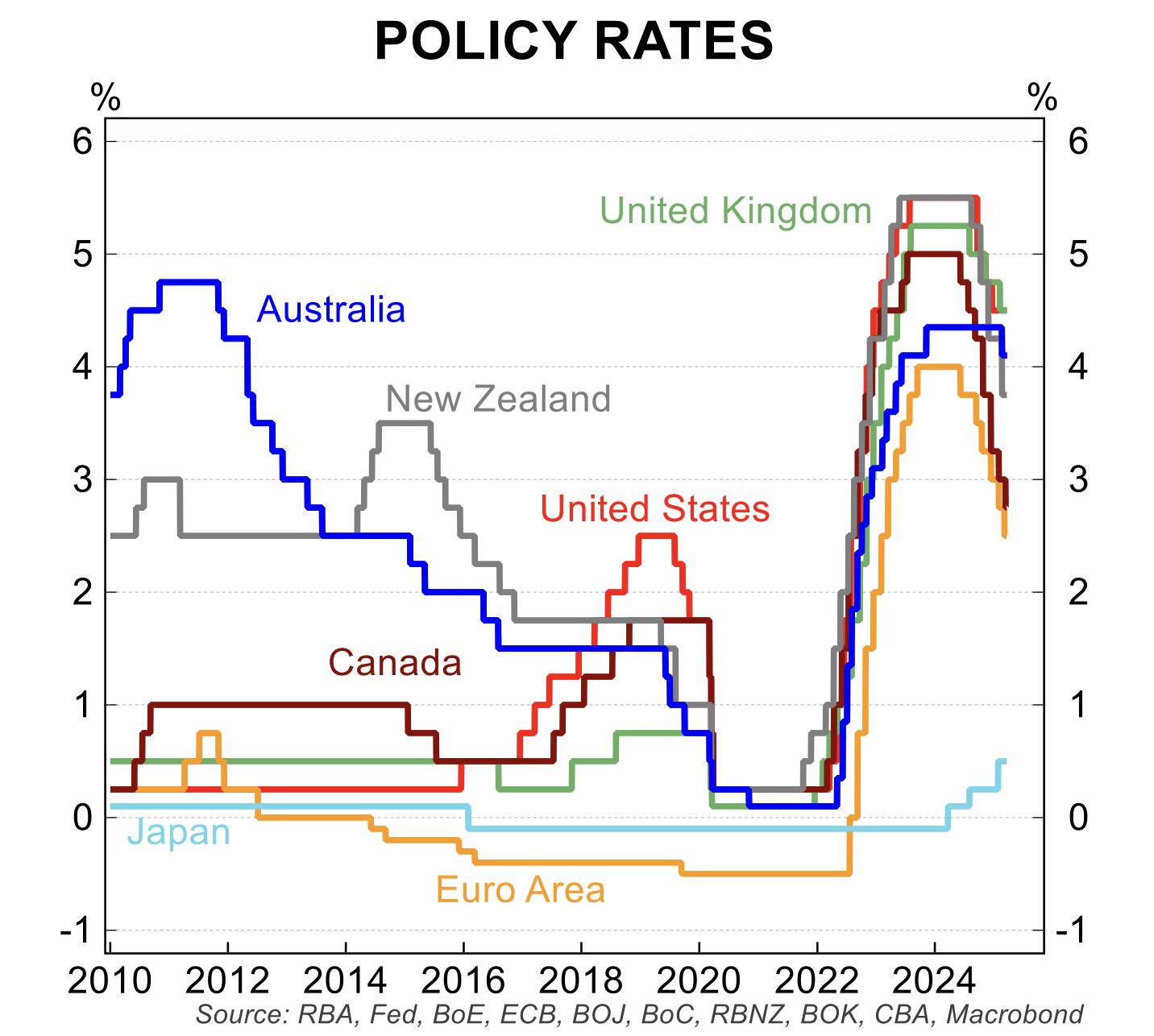Marketplace lender, Zagga, recently partnered with UTS to design a machine learning algorithm that predicts investor behaviour to shorten the matching process. But what ramifications will artificial intelligence have on the investment sphere?
Nest Egg sat down with Zagga CEO, Alan Greenstein, to learn more about the project and AI in the world of investing.
Nest Egg: So today we’re talking about your partnership with UTS and I want to start by asking, why did you undertake this partnership? What was the trigger for it?
Alan: We wanted to use an algorithm on our platform to match investors with investment opportunities. We basically did a lot of research into who would be the best party to partner with to build the algorithm.
We wanted that algorithm to include artificial intelligence, in other words, for it to be a self-learning algorithm. And after doing a lot of research, we actually found out that probably one of the finest artificial intelligence units in the world is the unit at UTS. And they’re right on our doorstep.
They generally do much bigger projects than the one we took to them, but I think they were quite intrigued by us because it’s just so different from what they would normally do. So we had a conversation with them and they said yeah, they would gladly help us out. So on that basis, we partnered.
Nest Egg: So how does the algorithm actually work? What information does it take, and how does it spit out the responses?
Alan: Well, an algorithm really is a piece of math. This algorithm is a predictive algorithm, so right now, the algorithm picks a large range of factors, both on the investor side and on the loan side.
To put it in simple terms, when our investors register with us, they complete an investment risk profile. They tell us what kind of opportunities they like, what kind of opportunities they don’t like, what their preferred investment amounts are, if they have any preferences to being the sole funder of an investment or a co-funder of an investment.
And using that base information the algorithm effectively reads the loan metrics and then sorts them on the basis of which investors, based on their risk preferences, are most likely to suit the loan in the shortest amount of time.
If you tell the algorithm that you’re not interested in property in Western Australia and your preferred investment is $100,000 but you then go and invest in a loan which you pick up off our platform outside of your loan criteria in Western Australia, or that is $250,000, then the algorithm will learn from this. And the next time a loan comes up and matches the way you’ve actually invested as opposed to the way that you have said you would basically invest, the algorithm takes that into account.
Nest Egg: It’s really interesting, the relationship between AI and behavioural finance. I’ve come across a few different stories around it. Do you think there’s a potential for projects like these to make it easier for some investors to access finance? Do you think the algorithm will learn which behavioural traits are more reliable or more lucrative and begin to favour these? Is that a side effect?
Alan: I think the answer to that is yes. I mean I’m not sure from our point of view we necessarily will be operating that kind of algorithm, but there’s no doubt that theoretically, the more information you have, the more accurate predictors these algorithms become, the easier the process will be.
Looking at the algorithm from our point of view, it’s effectively achieving three key outcomes. The first outcome is we make it much easier for an investor to get into an opportunity that meets their risk factor.
Then on the borrower side it’s a much better experience because that algorithm effectively predicts what kind of opportunities we need to be looking for from borrowers
The third thing it’s going to do is make risk management a lot more effective because you’re going to get really powerful information around how long does it take to fund a loan, where does it fund more quickly or less quickly and who are the people kinds of people who fund loans.
There’s going to be so much empirical information out there that absolutely, over time, there’s no doubt that from a credit granting point of view people will use it.
Nest Egg: What’s the reception been from your clients?
Alan: Our clients don’t really notice an algorithm running in the background. They just know that we’ve [gotten] them a loan that meets their loan cost area. So it’s pretty seamless and intuitive to the client.
Nest Egg: You say your clients are experiencing the better service, but you hear about people who are freaking out about the use of AI, machine learning, in terms of fears that supermarkets will be able to target them for sales. People are concerned because it’s behavioural science that can look like manipulation. It’s interesting to see how people react to the different iterations.
Alan: At the end of the day, the algorithm is the math. The artificial intelligence is obviously the computer part that turns the math into something. And let’s be honest; every time you use Facebook they’re running behavioural algorithms in the background. So I think there’s a difference between when you use the algorithm in an invasive way that makes you switch it off to avoid it, and when you use it in way that is beneficial. We’re not forcing the algorithm onto anybody. And I don’t think [there are] any negative consequences for a user, only the benefits for a user.




